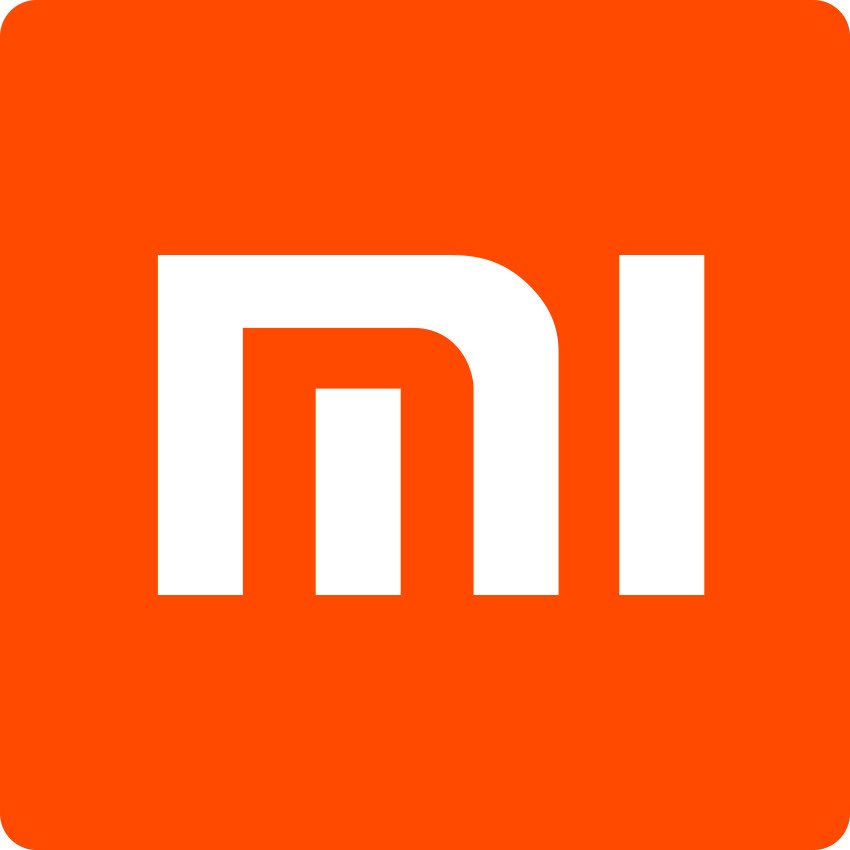
In 2018, Qualcomm did debut with its 700-tier chipset series with the release of the Snapdragon 710 SoC. Xiaomi was the first smartphone maker who adopted it with the Mi 8 SE. After that, Qualcomm introduced the Snapdragon 712 SoC with some advanced performance over the Snapdragon 710. The two platforms are software appropriate, Xiaomi joined the kernel source code for the Mi 8 SE and Mi 9 SE. Xiaomi updated its kernel source code closet with the updated kernel sources comparing to the Mi 8 SE and Mi 9 SE’s Android 10 update. Xiaomi also merged the Mi 9 Lite’s sources with the same kernel source code tree.
Xiaomi Mi 8 SE Forums | Xiaomi Mi 9 SE Forums | Xiaomi Mi 9 Lite Forums
The Xiaomi Mi 9 Lite is another example of Xiaomi’s rebranding strategy, as it is a copy of Xiaomi’s China-exclusive Mi CC9. Xiaomi decides to use the developing Snapdragon 710 on the device, but it kept the source code release free from the Mi 8 SE to date. SD71x-powered smartphones received their respective Android 10 updates at the same time. The Mi CC9 Meitu Edition (code-name vela) is covered under the new branch named sirius-q-oss.
Mi 8 SE, Mi 9 SE, Mi 9 Lite, Mi CC9, Mi CC9 Meitu Edition Android 10 Kernel Sources
Last month, Qualcomm Snapdragon 636-powered Mi Max 3 and the Qualcomm Snapdragon 660-powered Mi 8 Lite got their Android 10 updates. So, now Xiaomi has uploaded kernel sources for both of the devices based on its respective Android 10 updates.
Xiaomi Mi 8 Lite Forums | Xiaomi Mi Max 3 Forums

Leave a Reply